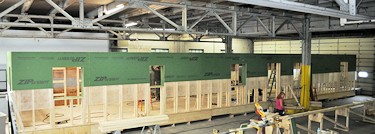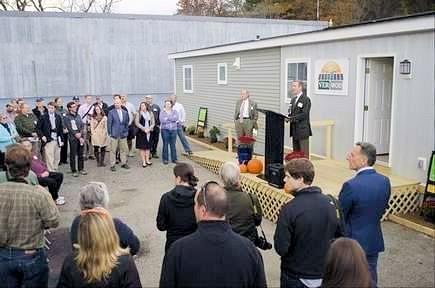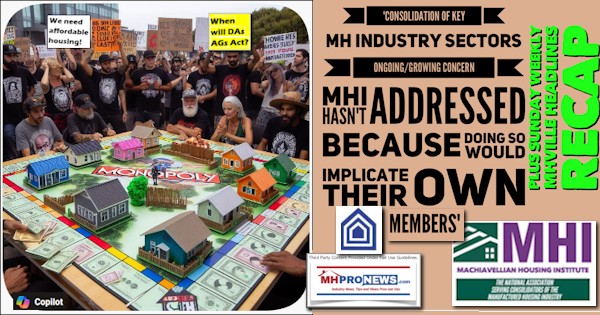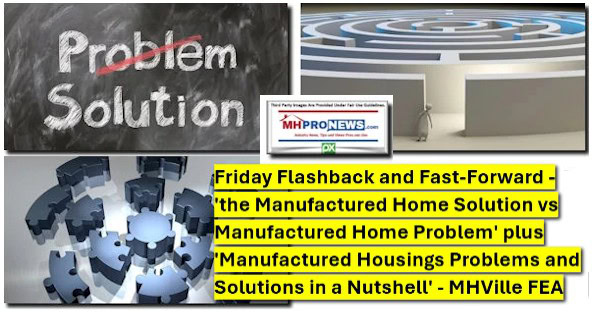
Seven Days tells MHProNews that in 2012, the Vermont Housing & Conservation Board (VHCB) initiated the Manufactured Housing Innovation Project (MHIP), and asked to partner with several other organizations. The project was sponsored by VHCB, the High Meadows Fund, and other philanthropic sources. This collaborative project has resulted in the design of a durable, energy-efficient, and affordable manufactured home capable of withstanding Vermont winters and other severe weather events.
The Vermod home looks like a conventional manufactured home while featuring high-performance double-wall construction with superior insulation, advanced air-source heating and cooling, and triple-paned windows. These and other features are included, yet the home meets the Environmental Protection Agency’s “Indoor Air Plus” standard.
Vermod presently has more than one version of the new models. The Vermod Nordic Home can be constructed for less than $80,000. Subsidies of up to $60,000 are available for the purchase of ten pilot homes, which will be placed in non-profit manufactured-home parks around Vermont. Production units will be available for purchase in 2014.
Another model is on display at Burlington’s Innovation Center. Peter Schneider, a senior consultant with the Vermont Energy Investment Corporation/Efficiency Vermont, pointed out the home’s many energy-efficient features. He’s already overseen the placement of 16 Vermod homes in towns across the state.
He called attention to the roof overhangs. “Many manufacturers omit them since they occupy precious width in an interstate lane. But they’re almost critical to durability in our climate,” he explained. “The roof extensions allow ice and snow to drip down and away from exterior walls.”
Vermod homes pass on vinyl skirting in favor of a full foundation that helps insulate the space under the home. This is something that uninsulated foundation enclosures fail to provide. So, the Vermond once more yields added energy savings.

Inside, Schneider called attention to the energy-efficient kitchen appliances and washer/dryer. Each exterior wall is packed with 10 inches of insulation and the roof has 14 inches. Standard ductwork was eliminated in favor of a system that monitors and vents fresh air. It sits beside a quiet, pump-based, highly efficient water heater. The system “saves every BTU in the house,” Schneider said, “stealing heat from the air and putting it into the water heater, for example.”
On the roof, a Vermod home is outfitted with a 20-panel solar array that, according to Schneider, provides for the residence’s entire energy needs. That array is one of the few features that must be installed on-site. Its cost, like that of other features, including flooring and appliances, is included in the price. Each home’s energy usage is carefully monitored, and an automated system can notify the homeowner of any anomalous energy consumption.
The 14′ x 70′ model is some 980 square feet. It has two bedrooms, two full bathrooms, a good-size living room and kitchen, several closets and feels spacious due to vaulted ceilings and numerous windows.
All this innovation does come at a price. A Vermod home costs roughly twice as much as its standard manufactured home equivalent. The two-bedroom model — the program’s most expensive — is $105,800. While far pricier than the MH norm, this is still lower than the cost of site-built housing in many U.S. markets and boasts features not found in standard conventional housing.
In other words, the ideal buyers for a Vermod home are those willing to weigh long-term benefits while thinking inside – and outside – the box. ##
(Photo Credit: Vermod Homes)


























